CALDWELL (Day 6 - part 3)
A beauty salon from the 1930s:
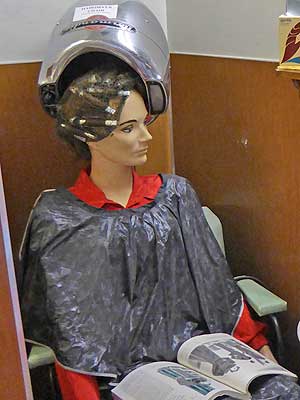



Tools:


A camera exhibit:

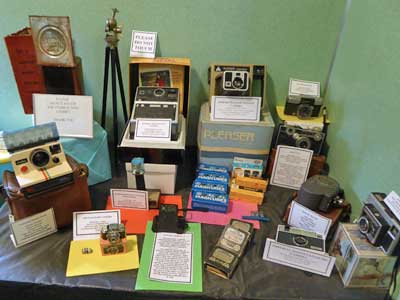


(right) This Kodak (from 1914-1927) went for $24.


(left) An Ansco Rediflex from the 1950s
The largest collection of antique clocks in Idaho:




The old dentist office:


The headrest of the chair could be adjusted.


A collection of fake teeth in different sizes and colors ... Tools of the trade
The doctor's office and surgery exhibits:




(left) Note the button on the floor. Once the patient was ready for surgery, the nurse would step on it. This rang a buzzer which was heard throughout the building, notifying the doctor.






Cadaver cooling table (1880s) ... This skeleton is real!
The Odd Fellows, a fraternal organization first documented in London in 1730, spread to America when the Independent Order of Odd Fellows (IOOF) was founded in Boston in 1819. Once highly popular, membership waned due to the Great Depression, when people could no longer afford such luxuries. This led to the problem of abandoned ceremonial coffins and unidentified human remains. But this imagery was never intended to be frightening or sinister. Instead, coming face-to-face with a skeleton was part of an initiation pledge to contemplate mortality. While modern ceremonies use paper mache skeletons, in the early days real human ones were used (they could actually be ordered from a catalog!). As the old lodges were cleaned out, people began discovering them hidden away. However, having been dead for 150 years, the person's identity usually remained a mystery, although at least the age, race and gender could be determined. Different states have different rules about the possession of human remains. Sometimes they're confiscated; they may be donated to local funeral homes to be stored; the community can buy them, or they may end up in a private collection.

The school room exhibit was in the former staff breakroom:


The Lincoln Grade School was built in 1887 at a cost of $7,000. A high school was added in the attic in 1892. The school was no longer used in 1943 and torn down in 1948. The second school (which still stands) was started in 1941 but had to be stopped due to material demands of WWII. Eventually it was completed in 1944

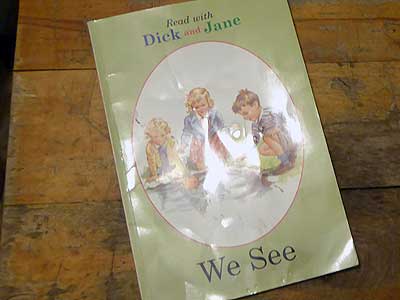
(right) Dick and Jane readers were extensively used in the 1940s to teach students how to read. In the 50s, however, some declared them to be boring. That inspired the man (who went by the name of Dr. Seuss) to write "The Cat in the Hat" as a more interesting alternative.
Yet another history-filled hallway:
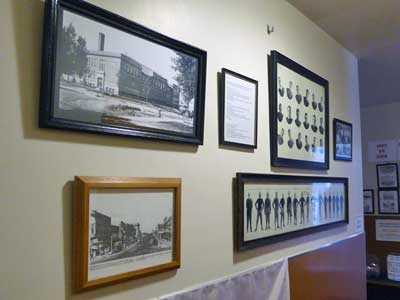
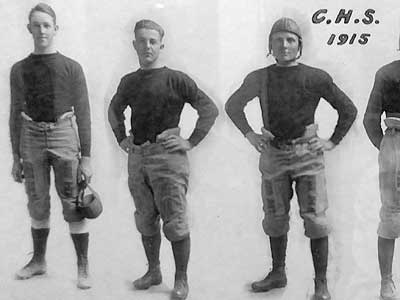
The Caldwell High School football team of 1915


A lost fun tradition... every single one of them has some kind of nickname. Porky, Bull, Duckie, Ponsie...
The exhibit of office equipment:



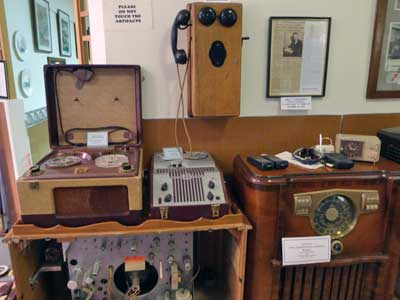
A switchboard and some phones

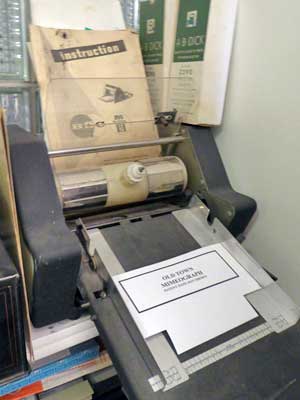
This hectograph (gelatin duplicator) from the 1920s is an early copier. The original document was prepared with special inks, placed in a pan of gelatin, and closed tightly in a metal frame. Hectography left few traces behind and was useful in low-tech environments or in circumstances where discretion was necessary. It also worked well for small runs of school test papers and church newsletters. ... The mimeograph was another type of copier.
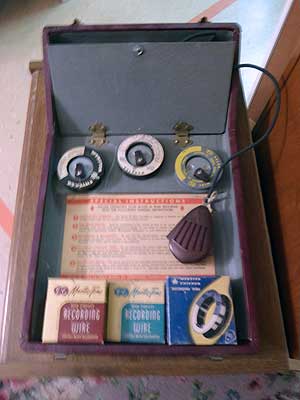

A type of audio recorder ... and a 1940 black and white tv
The inventor of the television, Philo Taylor Farnsworth, was also an Idaho native. He first came up with the idea at the age of 14, eventually receiving a patent in 1930.

A US Post Office counter
A small chapel:


return • continue

